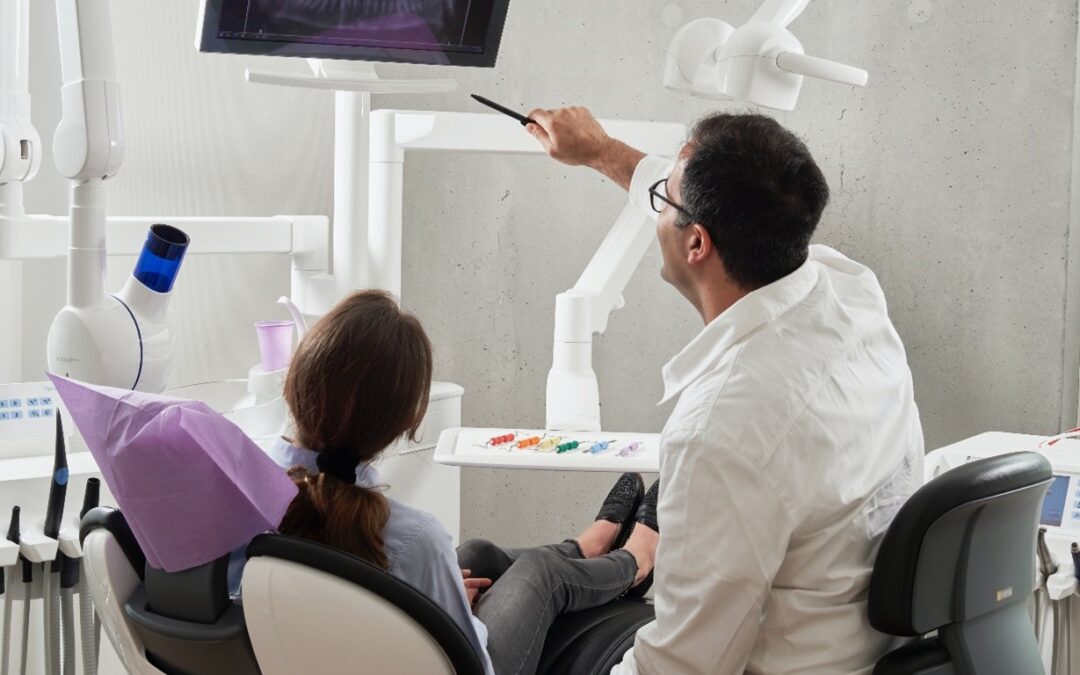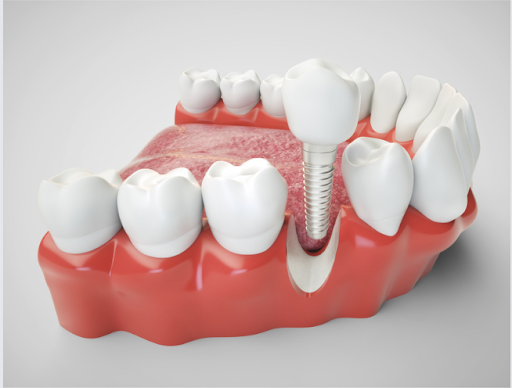No doubt you’ve heard a lot about Invisalign® over the past couple of decades. Yet, you might still be wondering how Invisalign works and if it’s right for you. We can help you determine if it is the solution for your teeth, so schedule an appointment soon to see our dentist in West Bloomfield.
Until we see you in person, here are a few basics you should know.
How Invisalign® Works
The first step is a consultation with Dr. Fienman. If you are an ideal candidate, a 3D image, X-rays, and photographs of your mouth will be taken. These images will then be sent to Invisalign®, where technicians will create a 3D model of your teeth. The model simulates the stages of your progression, and this will be used to create a complete set of invisible aligners, which look like mouth guards.
The aligners are removable, but you should try to only remove them to eat or brush or floss your teeth. Each set of aligners is worn for about two weeks. As your teeth move into place, you progress to the next set.
Ideal Candidates
Although many people have seen beautiful results, Invisalign® is not for everyone. Following are a few issues that you and the dentist may consider.
- Generally, Invisalign® is ideal if you prefer a practically invisible method of straightening your teeth.
- Individuals who choose Invisalign® over braces should have the willpower to keep the aligners in their mouths as much as possible. If not, progress will take longer.
- If you need significant oral surgery, it will mean additional steps in your case. It doesn’t automatically disqualify you from getting Invisalign®, but you may need to complete the surgery first. If you do need oral surgery, you should thoroughly discuss your options with the dentist.
- Dental implants, dental bridges, or TMJ issues may need to be addressed.
- Finally, any root canals or cavities should be completed before you get Invisalign®, as these procedures often change the shape of your teeth.
The bottom line is that Invisalign® is an excellent option for straightening your teeth, and many of our patients have had tremendous results. If you want to know more about how Invisalign® works or if it’s the solution for you, make an appointment today to see Dr. Fienman.



